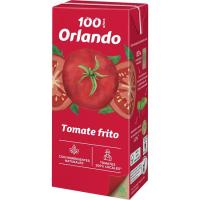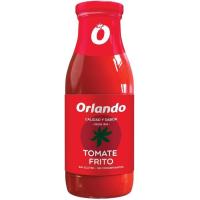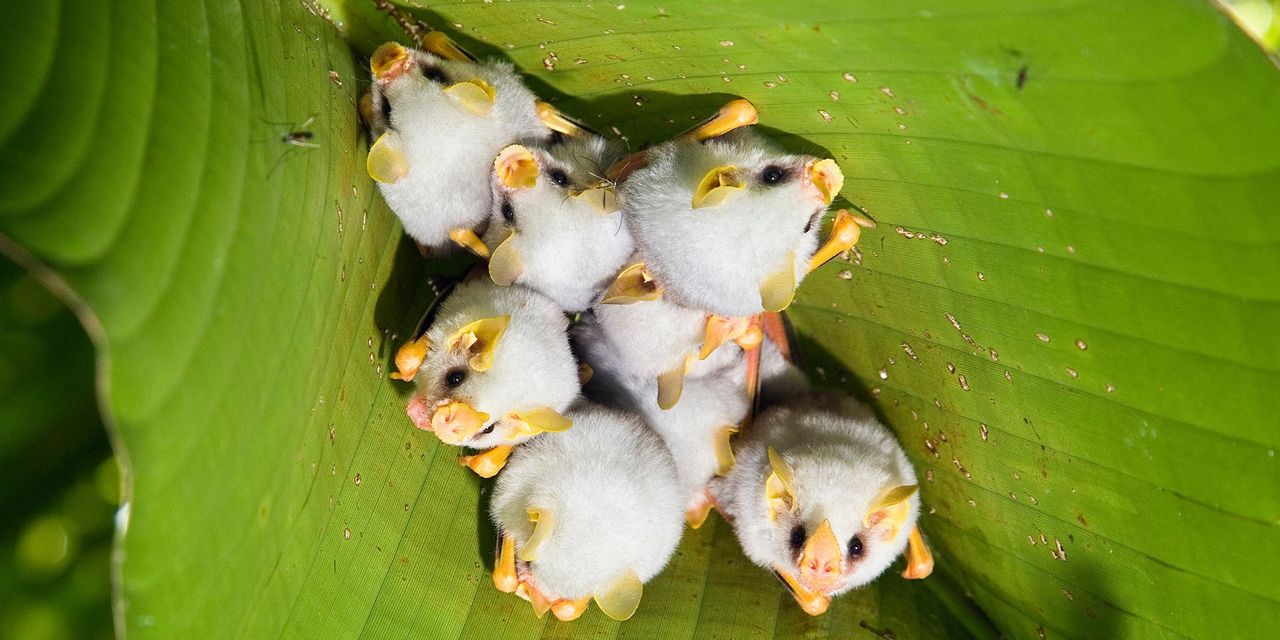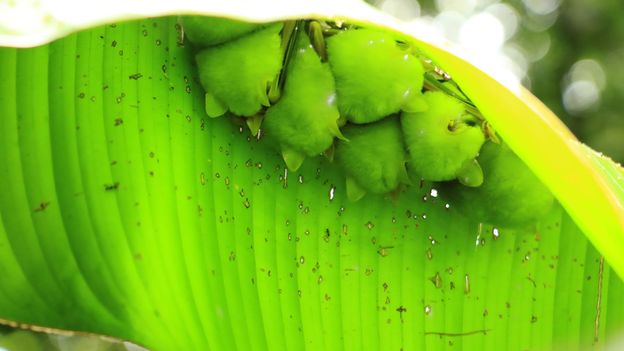Glass Jars: Number 1 choice for me!
Can be recycled, even the lid. You can also see the contents! The price is usually a little bit more expensive as the can or tetrapak, if you go for the same quantity.
The only thing you have to look out for is the lid, which contains the dreaded BPA or BPS. Leave whatever is stuck to the lid on it! Wash it away.
The good thing about the jars is that you can re-use them! My father in law used to have a great use for themTheir cans are lined with baked-on oleoresinous c-enamel…in other words, their cans don’t have any traces of BPS, vinyl, acrylic, polyester, or any other icky stuff. in his garden shed. He attached the lid of the jar to the underside of the shelf and screwed the jar onto the lid, he used to keep all his nuts, bolts and little items in those jars, pretty well organised!
Cans:
It all depends on what you wish to buy, because the problem with most cans are that they are lined with BPS, vinyl, acrylic, polyester, or any other icky stuff. Look for cans that are lined with baked-on oleoresinous c-enamel.
The inside lining of these cans can seep into whatever is inside and because cans have a really long shelf life, it gives a long time for that to happen. I will be looking for the produced date on the can (if there is one) and buy the ones that are near to the actual date I buy. From 2018 the European Union introduced new measures to reduce the amount of BPA in cans, but many consumer agencies said that it wasn´t enough.
The plastic liner looks plastic'y in all cases, it's very hard to tell. Epoxy is harder than other plastics, but there are epoxies that are BPA free anyway
Aluminium cans are more likely have a epoxy liner that will give off a trace of BPA.
Many steel cans do not use epoxy or other BPA plastics.
The unfortunate thing is that you can only tell if it is plastic lined after the can is opened, but then if it is then change the product.
Cans are recyclable and easily done so.
TetraPaks:
These are lined with plastic, are not fully recyclable, if you have the time you can break them down into the different products, plastic, paper and aluminium.
The food does taste different from these containers and the one of the few things these days that I buy in tetrapak is Milk, I like to buy milk from Menorca and I have only seen it available in Tetrapak or plastic bottles, which there is small availability.
Below is a price comparison of tomato Frito: I used brand names not the stores own.
 350ml 0,66c (1,89 a kilo)
350ml 0,66c (1,89 a kilo)
 400g 0,74c (1,85 a kilo)
400g 0,74c (1,85 a kilo)
 500g 1,09 (2,18 a kilo)
500g 1,09 (2,18 a kilo)
In comparison the bottle does come out more expensive (0,30c per Kilo more) but not that much more than the Tetrapak which you would have thought would be much cheaper.
This is a good brand to buy, mid range. Gallina Blanca and Solis are also very nice. I have also found that Dia Supermarkets make a nice one too in a jar!
I totally understand that it is really difficult to buy the more expensive products when you are on a tight budget, so it is not always possible to do it. Even once in a while is great! Bit by bit we can change things and maybe for the manufacturers to use glass again!
The blog song for today is: "Us and Them" by Pink Floyd.
TTFN















